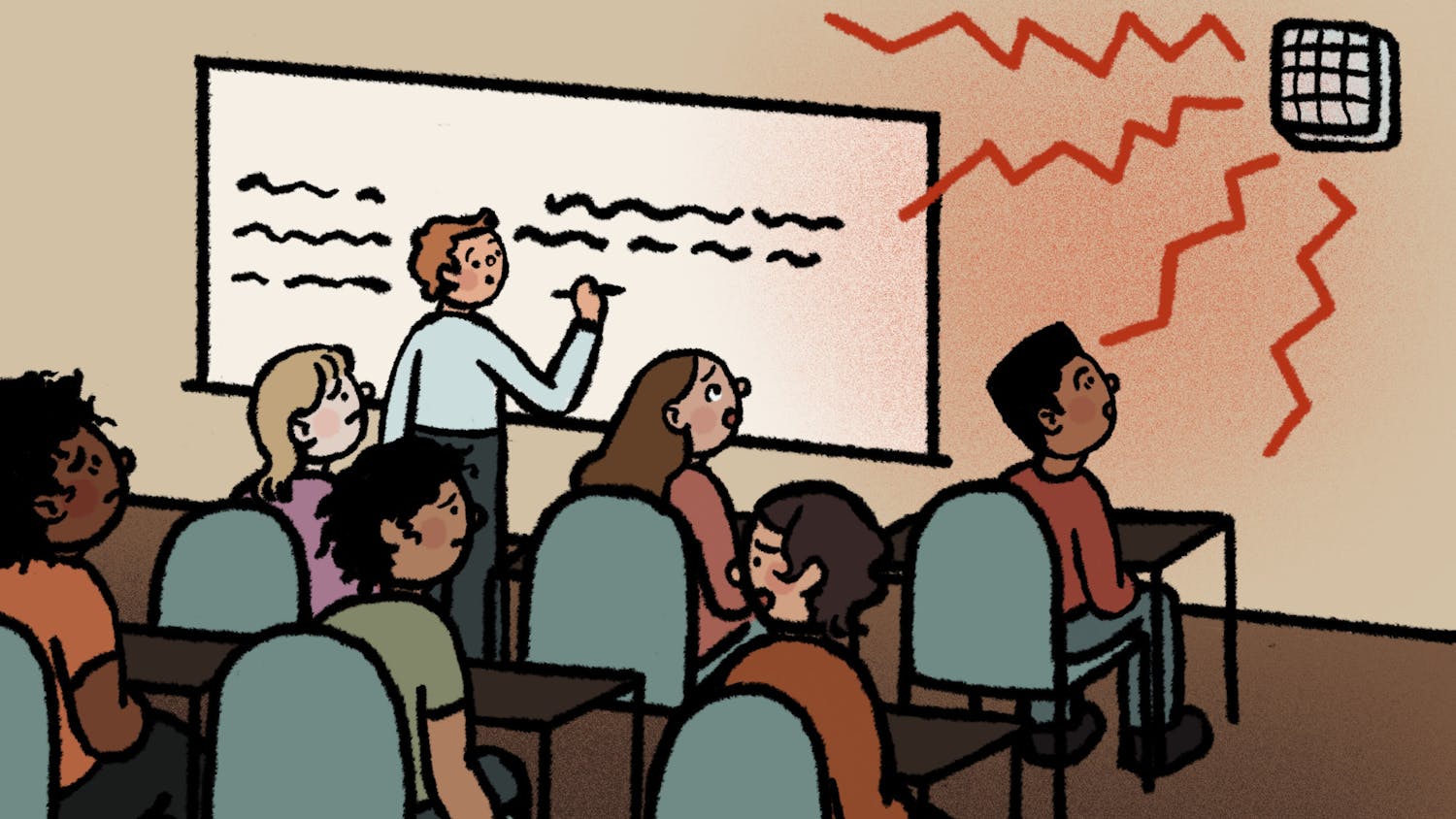By Conor Wilson
In April 2018, Western’s board of trustees approved a plan aimed at addressing affordability, student debt and stagnating retention and graduation rates.
The four-part Strategic Plan outlined goals for the university between now and the 2024-25 school year. Part of this plan included a target goal of an 87% retention rate for all students.
The retention rate is a measure of how many first-year students at Western return for a second year. “Retention rates are defined by the federal government,” John Krieg, director of Western’s Office of Institutional Effectiveness, said. “You establish a cohort of students that start at exactly the same time and you follow them through their careers at the university. So, the retention rate is the percent of a particular cohort that achieved a goal.”
According to a 2016 study published at East Carolina University, retention rates are financially important for both students and universities.
The study says when a student leaves before completing a degree, not only do they lose potential earnings but the university can also lose thousands of dollars in unrealized tuition revenue and replacement recruiting costs.
Krieg said his office is currently in the process of publishing a survey of non-returning students. These are students who were enrolled in spring 2019 but did not return for fall quarter.
The Office of Institutional Effectiveness previously conducted a survey of non-returning students in fall of 2013.
The 2013 survey found that of those who did not return to Western, 57% transferred to another school. A majority of those students went to Whatcom Community College.
The study at East Carolina University found that not all financial aid increases student retention. Although scholarships and grants increase retention, loans have neither positive nor negative effects.
Western retained 82% of all students in 2018, according to data from Western’s Office of Institutional Effectiveness. This percentage is well above the national retention rate, which according to 2018 data from the National Student Clearinghouse Research Center is 61.6%.
According to U.S. News & World Report, Western ranked 24th among all west-regional universities in terms of retention rates.
Western data also showed a retention rate of 77.2% for first-generation students and a 76.1% rate for underrepresented races in 2018. This is the lowest rate for the underrepresented races group at any point between 2008 and 2018.
Rates among first-generation students were also low in 2018, only 0.1% higher than their lowest point during any time between 2008 and 2018.
Western’s retention rate for all students has been on the rise since 2016, accumulating a 0.9% increase over time.
“Usually when somebody who doesn’t know anything about data looks at this they may say, ‘Oh, the university might not be doing a good job,’” Kimihiro Noguchi, a statistics professor at Western, said. “If you look at the positive side of it, you might say Western is doing a reasonable job.”
Noguchi said that although there are differences between retention rates for minority groups and the overall average, the trends between 2008 and 2018 for both follow a similar curve.
“A 5% gap looks significant,” Noguchi said. “But, there are so many different factors affecting the retention rates which require further investigation.”
According to a 2018 report published by Western’s Social Justice and Equity Committee, one of the suggested ways to increase retention rates is the Freshman Interest Group — or FIG — program, which has consistently been associated with higher rates of retention for students going into their second year.
The report also suggested funding and planning to increase retention among faculty of color on campus, which is what Kevin Delucio, 2019-20 council co-chair and multicultural psychology professor, said the group is working on.
“I think part of [retention] really is, is the campus doing enough in terms of faculty representation? Especially around student support services and wellness services,” Delucio said. “It can be easier [to discuss difficulties] if it's another person of color, but there's still limitations in that knowledge because we fall into traps around generalizing.”
The council is currently drafting a proposal to improve student wellness and making sure students have what they need to be successful, Delucio said. He said he has heard there is a disconnect between identity-focused groups and university offices.
"I've heard from several students just a challenging and difficult experience they've had at different administrative offices, financial aid, registrar, things like that,” Delucio said. “Being able to support those groups and listen to their needs; I think it is a really critical factor in retaining students because it shows that the university's listening, administrators are listening.”
Delucio said a big factor in students feeling disconnected from the campus environment is administration not listening. He said one example of this was during the snowstorm this quarter, when many students with disabilities felt the university had not considered their concerns.
“It's not this individual level or based on ethnic or racial group deficit, it's more around, ‘Is the environment supportive of these folks experiences?’ Is it welcome to that and their voices, which can often challenge a lot of the norms,” Delucio said. “When those [voices] are kind of rejected or shut down, then yeah, someone's not going to feel connected, they're not going to feel like they're valued and so that will lead to wanting to leave, transfer, etcetera.”





